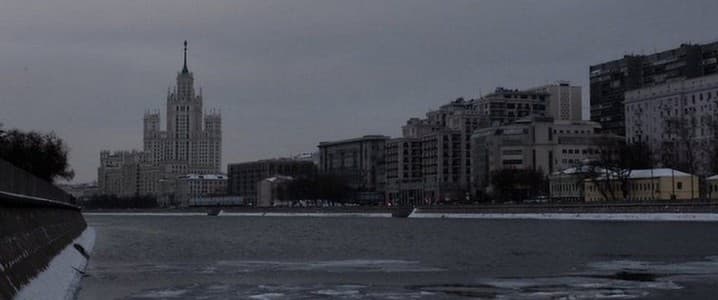Russia’s domestic prices of liquefied petroleum gas (LPG) were cut in half in December after an EU ban on imports took effect. EU sanctions on Russian LPG took effect on Dec. 20 a year after Poland–one of Russia’s largest LPG importers–proposed them. LPG is mainly used as fuel for cars, heating and to produce other petrochemicals.
The European Commission has proposed sanctions on Russia’s LNG sector as part of Brussels’ 14th sanctions package against Russia. The proposed sanctions would prevent EU countries from re-exporting Russian LNG after receiving it and also ban EU involvement in upcoming LNG projects in Russia. However, the measures wouldn’t directly bar Russian LNG imports to the EU.
Similar to previous sanctions, the import ban is intended to disrupt Putin’s ability to continue financing his war in Ukraine. Although Russian LNG accounted for just 5% of the bloc’s energy consumption in 2023, it still netted the Kremlin ~$8 billion in revenues. The proposal also suggests prohibiting the use of EU ports, finance and services to re-export Russian LNG, essentially meaning that Russia would have to overhaul its LNG export model. Currently, Russia supplies LNG to Asia through Europe, where Spain, Belgium and France are major hubs.
“If they can’t transship in Europe, they might have to take their ice-class tankers on longer journeys,” Laura Page, a gas expert at the Kpler data analytics firm, has told Politico, adding that Russia “may not be able to get out as many loadings from Yamal because their vessels can’t get back as quickly.”
Russia is increasingly feeling the pain of a multitude of sanctions. According to the Centre for Research on Energy and Clean Air (CREA), there was a 17% month-on-month increase in the discount on Urals grade crude oil in December to an average of $6.01 per barrel compared to Brent crude oil. CREA estimates that Russia has lost EUR 14.6 bn in revenues from Urals grade crude exports due to sanctions.
By Alex Kimani for Oilprice.com
